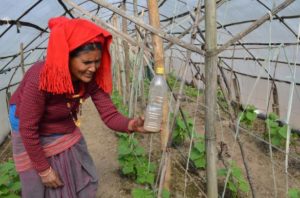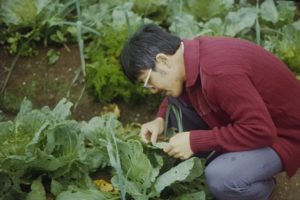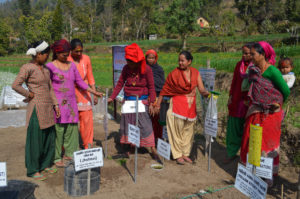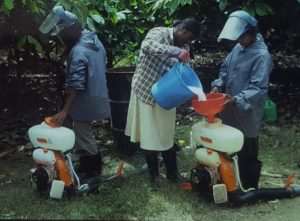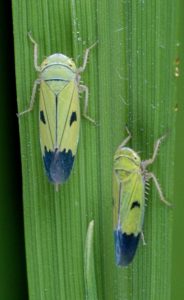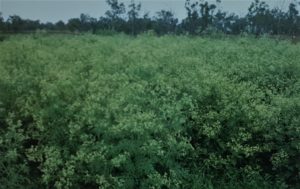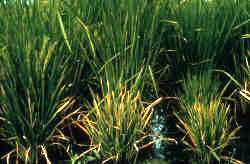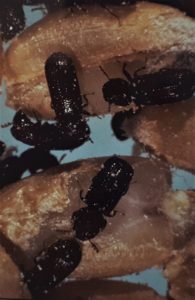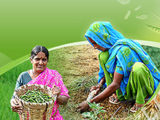What is Plant Protection and why is it so important?
Ever since humans have relied on planted crops as the main source of food, plant diseases, insects, rodents, weeds and other pest* organisms have been a constant threat to food supply.
*The term ‘pest’ is used throughout this website to refer to all biotic agents that cause diseases of crops and other valued plants, insects, plant-parasitic nematodes, mites and vertebrates that feed upon them, and weeds that compete with them.
The biblical locust plagues, the potato blight epidemic that killed millions of people in Ireland in the 1850s, and the complex of pests that have attacked rice crops throughout Asia for thousands of years are just some examples of the devastation that pests can cause. More recently, while estimates of potential global losses due to insect and vertebrate pests, diseases and weeds varies from crop to crop, it has been estimated that these pests possibly destroy up to 40% of the world’s production of food by reducing crop yield and causing losses in storage.
The process of plant protection
A fundamentally important starting point for plant protection is the ability to anticipate the emergence and spread of noxious organisms and to prevent their introduction and spread before they become agricultural pests in specific crops and regions. In this regard, international biosecurity measures and rapid and efficient sharing of information across continents and countries becomes of paramount importance for preventing new invasions.
In dealing with existing problems, the various steps in plant protection are quite similar to those of human medicine. The first step is to ensure a correct diagnosis of a problem has been made, which involves a proper identification of the organisms responsible for the damage symptoms observed. The legacy of classic taxonomy, anchored on world-wide collections of invertebrates, micro-organisms and plant collections, is the primary resource base for comparing collected specimens with referenced ones. Modern information technology and biotechnological tools have allowed the development of modern and time-saving field and lab identification tools for known threats which can be detected before they invade new areas.
The second step is to assess the extent of the damage and the yield or revenue loss likely to result from this damage, which enables the grower to make informed decisions on whether to invest resources in combating the pest.
If the farmer decides to take action to reduce pest attack, the third step is to consider the various options available for controlling pests, including host plant resistance, cropping system and cultivation practices that reduce pest populations, the conservation and introduction of antagonistic organisms, such as parasites and predators of pests, and active interventions through the application of chemically- or biologically-based pesticides.
The importance of adopting such a broad approach to plant protection research and practice has been recognised for some time, at least since the 1950s. It is known as Integrated Pest Management or IPM.
